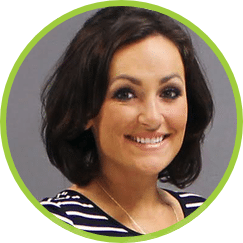Arthritis use to be a word associated with the elderly. We knew it was painful because of the reaction the person made when moving. Unfortunately, arthritis is one of those health problems that can affect all ages. In fact, according to the CDC, an estimated 52.5 million adults suffer from arthritis and 1 in 250 children under the age of 18 have been diagnosed. But what is arthritis? What causes it? And what can be done to minimize symptoms so one can live an active, pain-free life?
Another word for arthritis is inflammation, specifically joint inflammation. The knee is the most common spot for arthritis to develop but it can also occur is other parts of the body as well:
- Spine
- Neck
- Back
- Shoulders
- Elbows
- Wrists
- Hands
- Fingers
- Hips
- Ankles
- Heels
- Toes
In order to identify the causes, it’s important to understand the two main forms of arthritis – Osteoarthritis and Rheumatoid. Osteoarthritis is caused by the inflammation, breakdown, and the loss of cartilage in the joints. It is the most common type of arthritis that progresses over time and is said by many – “has no cure.” However, preventative steps can be taken to reduce the likelihood of its occurrence, or if you already suffer from it, steps can be taken to halt its progression. Typically it affects people over the age of 40, especially women, but it can also develop in younger people, too, which is known as juvenile arthritis. The causes can be linked to poor diet, obesity, a prior injury or joint condition, muscular imbalance over time, family history, age, and your sex.
Rheumatoid arthritis is different in that it is an autoimmune disease which means the body’s immune system attacks the lining of the joint, also known as synovial membrane, causing it to become inflamed and swollen. As the disease progresses it can cause painful deformity and immobility in an individual. According to the Arthritis Foundation, “nearly three times as many women have the disease as men.” The risk factors for rheumatoid arthritis include a family history, age, and being a woman. The reason it affects more women is due to a lower percentage of muscle mass, which continues to decline later in life, especially during and after childbirth and menopause.
The symptoms of both types of arthritis include stiffness, pain, redness, swelling, and decreased range of motion which can significantly affect quality of life. And while there is no known cure, there are many steps a person can take to minimize symptoms:
- Strength training
- Weight loss
- Exercise
- Heating pads or ice packs
- Transcutaneous Electrical Nerve Stimulation (TENS)
- Yoga or Tai Chi
- Massage therapy
Life may throw us many curve balls. We simply course-correct and continue on our journey living our best life – today.










 3187 Western Row Road Suite 114
3187 Western Row Road Suite 114 Office:
Office:  Email:
Email: